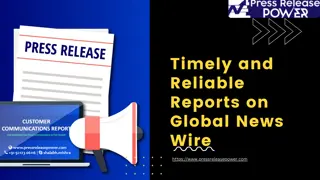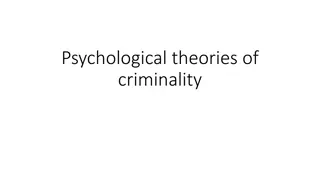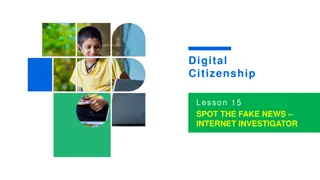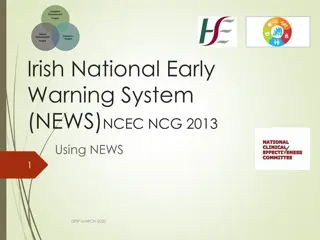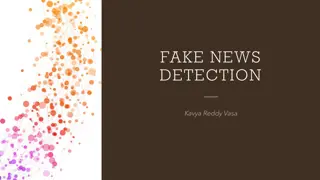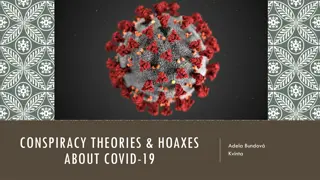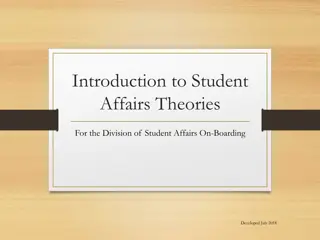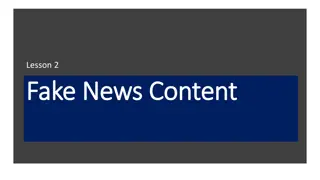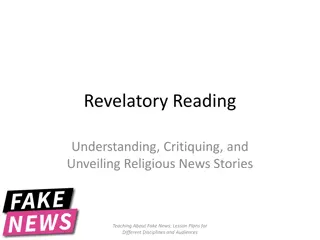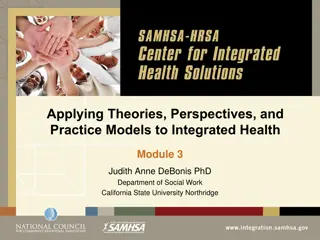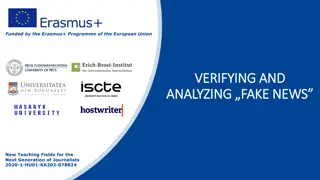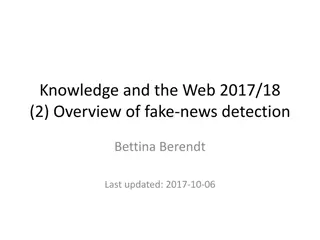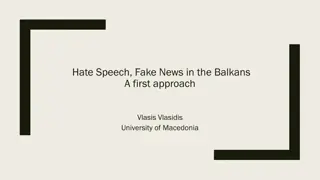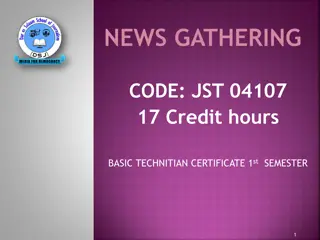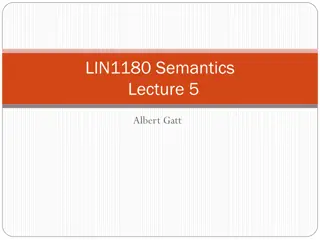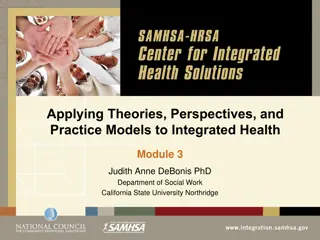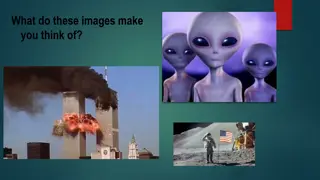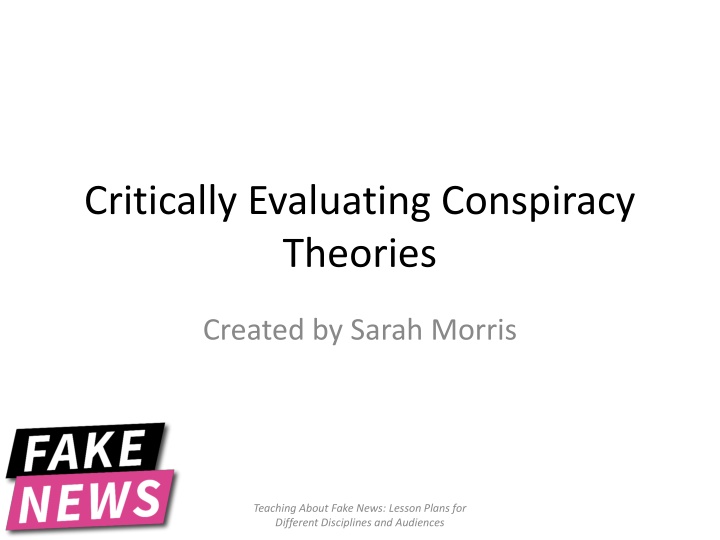
Unveiling Conspiracy Theories: Lessons on Critical Evaluation
Dive into the world of conspiracy theories with Sarah Morris' lesson plans on critically evaluating them. Explore the definition, examples, and common features of conspiracy theories while learning to discern fact from fiction in a digital age.
Download Presentation

Please find below an Image/Link to download the presentation.
The content on the website is provided AS IS for your information and personal use only. It may not be sold, licensed, or shared on other websites without obtaining consent from the author. If you encounter any issues during the download, it is possible that the publisher has removed the file from their server.
You are allowed to download the files provided on this website for personal or commercial use, subject to the condition that they are used lawfully. All files are the property of their respective owners.
The content on the website is provided AS IS for your information and personal use only. It may not be sold, licensed, or shared on other websites without obtaining consent from the author.
E N D
Presentation Transcript
Critically Evaluating Conspiracy Theories Created by Sarah Morris Teaching About Fake News: Lesson Plans for Different Disciplines and Audiences
Discuss with a partner and share out your ideas WHAT IS A CONSPIRACY THEORY? Search the ACRL Sandbox for more lessons with #fakenews
Defining Conspiracy Theories A conspiracy theory tries to provide an explanation for an event or situation. It is a belief that a covert and influential group or organization is responsible for an event. Search the ACRL Sandbox for more lessons with #fakenews
Conspiracy Theory Examples Some famous examples of conspiracy theories include the following: Conspiracies surrounding the assassination of JFK Conspiracies surrounding the 1969 Moon Landing Conspiracies about the Loch Ness Monster Search the ACRL Sandbox for more lessons with #fakenews
Conspiracy Theory Examples There are also lots of examples of conspiracy theories depicted in pop culture The X-Files conspiracies around aliens The National Treasure movie franchise conspiracies around hidden treasure YA novels such as Divergent a shadowy organization governing society Search the ACRL Sandbox for more lessons with #fakenews
What conspiracy theory examples come to mind for you? Search the ACRL Sandbox for more lessons with #fakenews
Conspiracy theories contain many commonly recurring features and traits. Let s explore a few. CONSPIRACY THEORY FEATURES Search the ACRL Sandbox for more lessons with #fakenews
Conspiracy Theory Features: Emotional Appeals Highly emotional Conspiracy theories make appeals to emotion They can offer an explanation for an emotionally- charged situation. They are often driven by fear. Search the ACRL Sandbox for more lessons with #fakenews
Conspiracy Theory Features: Appeals to Ego Ego and self-image Conspiracy theories appeal to a desire to be in the know They can make an audience feel uniquely informed or special Search the ACRL Sandbox for more lessons with #fakenews
Conspiracy Theory Features: Providing Answers Answers and reassurance Conspiracy theories thrive in situations that lack clear answers They provide answers and thus reassurance Search the ACRL Sandbox for more lessons with #fakenews
Conspiracy Theory Features: Values Values and beliefs Conspiracy theories often make appeals to certain value systems or moral beliefs. They can fit a certain worldview Search the ACRL Sandbox for more lessons with #fakenews
Conspiracy Theory Features: Narratives Narratives and storytelling Conspiracy theories weave a compelling, appealing, and often reassuring story that provides clear answers in uncertain situations. Conspiracy theories often use technique like rhetorical appeals, scapegoating, and logical fallacies to drive home points and ideas and convince an audience. Search the ACRL Sandbox for more lessons with #fakenews
Conspiracy Theory Features: Common enemy Common enemy or shared threat Conspiracy theories generally identify some sort of powerful force that is controlling the conspiracy. Conspiracy theories will identify a shared threat or enemy, generally an outside force, that is driving the conspiracy. It uses a highly us vs. them mentality. Search the ACRL Sandbox for more lessons with #fakenews
The Structure of Conspiracy Theories Remember, conspiracy theories have a certain structure and many commonly recurring features Being able to recognize these features can help you identify and critically analyze conspiracy theories. Search the ACRL Sandbox for more lessons with #fakenews
Activity: Analyzing a Conspiracy Theory Break into small groups Each group will get a conspiracy theory to analyze Please use the provided worksheet to discuss and analyze your conspiracy theory and share your thoughts We will come back together and each group will share their observations and findings. Search the ACRL Sandbox for more lessons with #fakenews
Share your observations FINAL THOUGHTS AND QUESTIONS Search the ACRL Sandbox for more lessons with #fakenews
Search the ACRL Sandbox for more lessons with #fakenews
Search the ACRL Sandbox for more lessons with #fakenews
Search the ACRL Sandbox for more lessons with #fakenews
Search the ACRL Sandbox for more lessons with #fakenews


